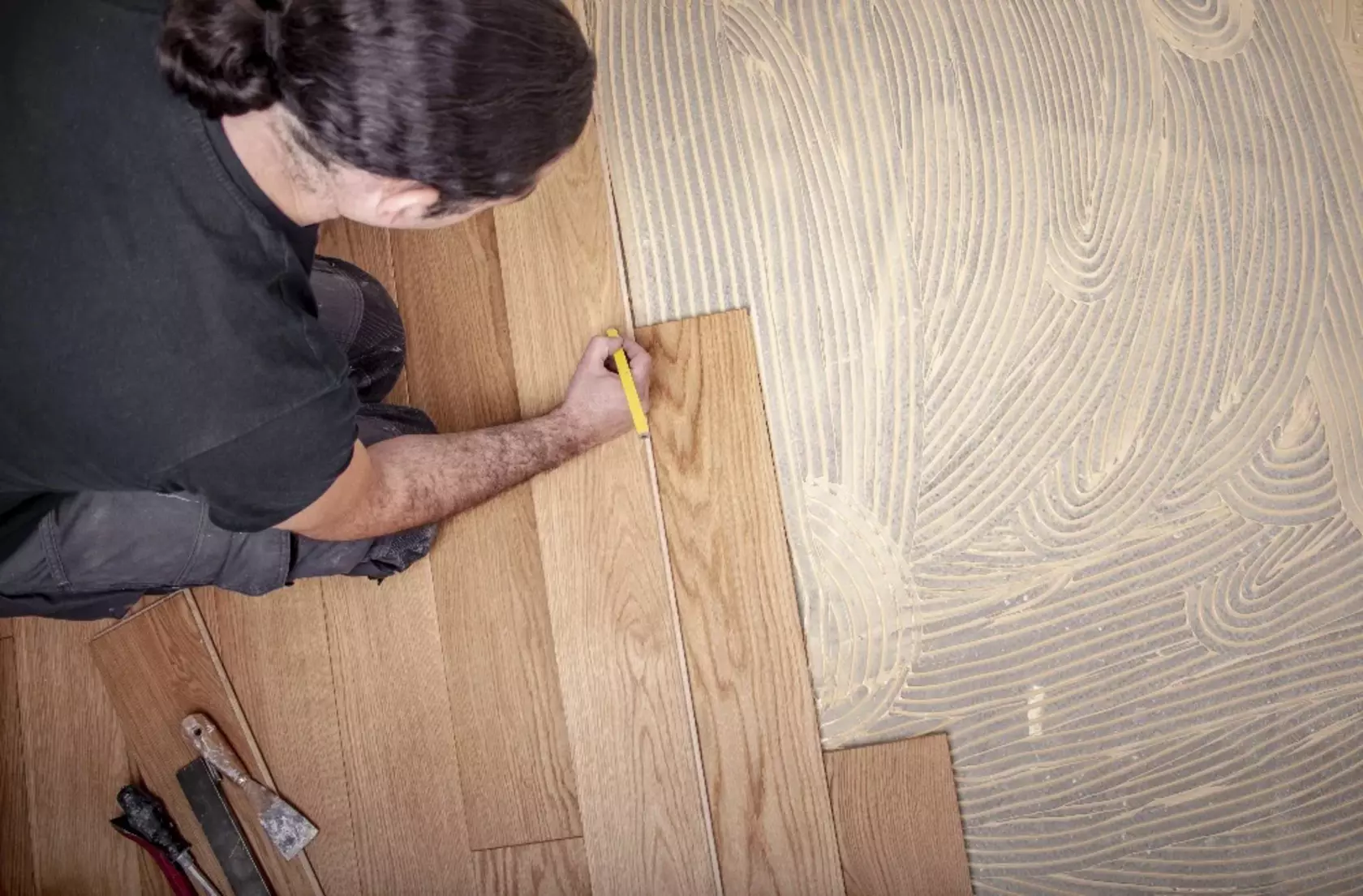
Why We Recommend a Glue Down Installation
After many years of supplying and installing engineered timber floors, we can say from our experience that glue down is the best method of installation and the only method we recommend. A glue down Engineered wood floor gives you a superior sound and feel unlike a floating floor. Although gluing down a timber floor does cost more, we believe that if you want to add value to your property it is a cost that you won't regret!
Why glue down is best
You can re-sand it - A glue down engineered floor can be re-sanded down the track - up to 5 times depending on the thickness of the veneer.
Quality feel - Although more costly it gives a quality feel - firm and solid-feeling which is what you want from a timber floor
Quiet underfoot - Because the floor is fixed directly to the substrate it is much quiet to walk on. Unlike a floating floor that can creak.
Can install in large areas- You can easily install in a large areas without the need of ugly trims and transition bars.
Kitchen cabinetry can be installed on top glued down flooring
Adds value - A long-term investment that will add more value to your property. Perfect for your forever home.
Why we don't recommend floating floors
You cannot sand it - Many people do not know this but you cannot easily sand a floating engineered timber floor no matter the thickness of the timber layer. As a floating floor is on a foam underlay it causes the floor sander to bounce , resulting in unsightly sanding marks on the floor. These sanding scuff marks are then highlighted when the floor is stained making the floor look damaged.
Makes creaking noises - because a floating floor is 'floating' on top of an underlay and not fixed down in any way a wood floating floor moves a lot because wood needs to breathe. This causes the floor to creak and make noises, especially in the evening when it is cooling down.
Cheap sounding to walk on - As a floating floor is not fixed down with adhesive they are noisy and hollow-sounding to walk on. It gives you a click clack sound which cheapens the feel.
Needs expansion trims - The larger the floor area, the more expansion a floating floor needs. Large areas also require expansion trims which are not pleasing to the eye.
Cheapens your investment - Floating a timber floor will make a quality product sound and feel cheaper than it is - you have invested in a beautiful natural timber floor, why cheapen it by floating it.
Cannot install under kitchen cupboards - A floating floor must be installed after kitchen cabinetry as the kitchen cannot sit on top of the floor as it must be allowed to breath/expand and contract and the kitchen will stop this.
More of a short-term investment, does not add as much value to your property





























